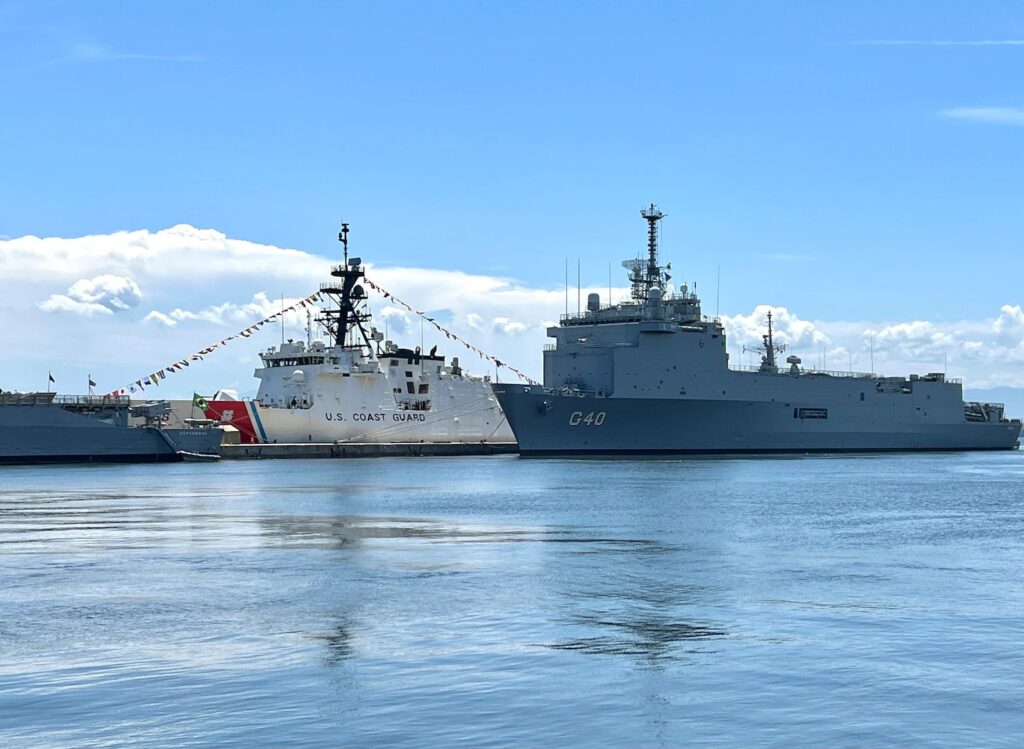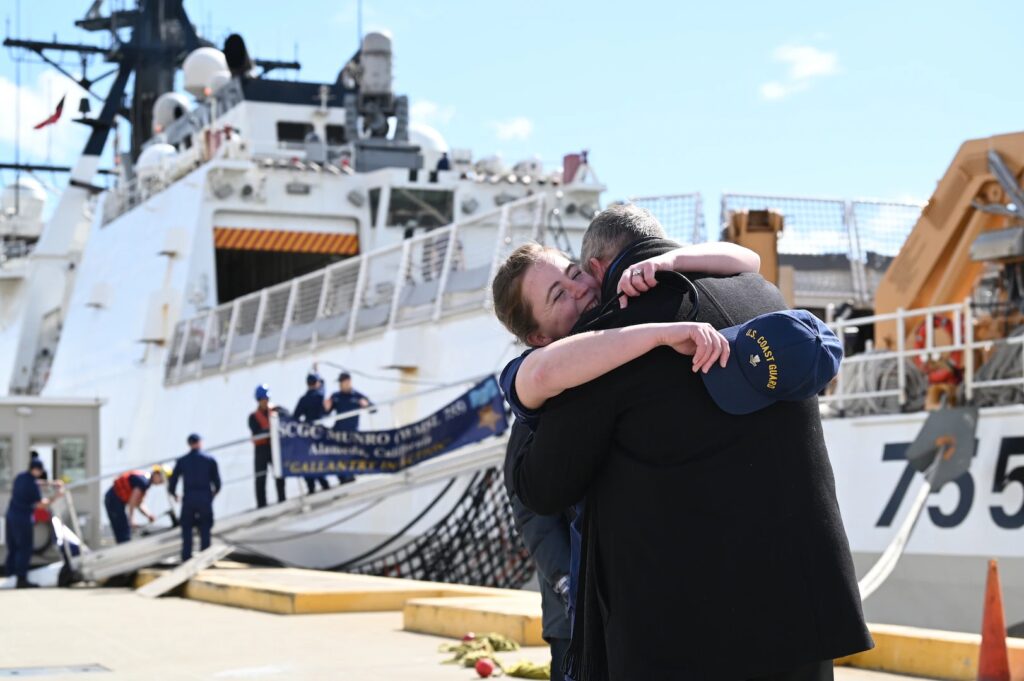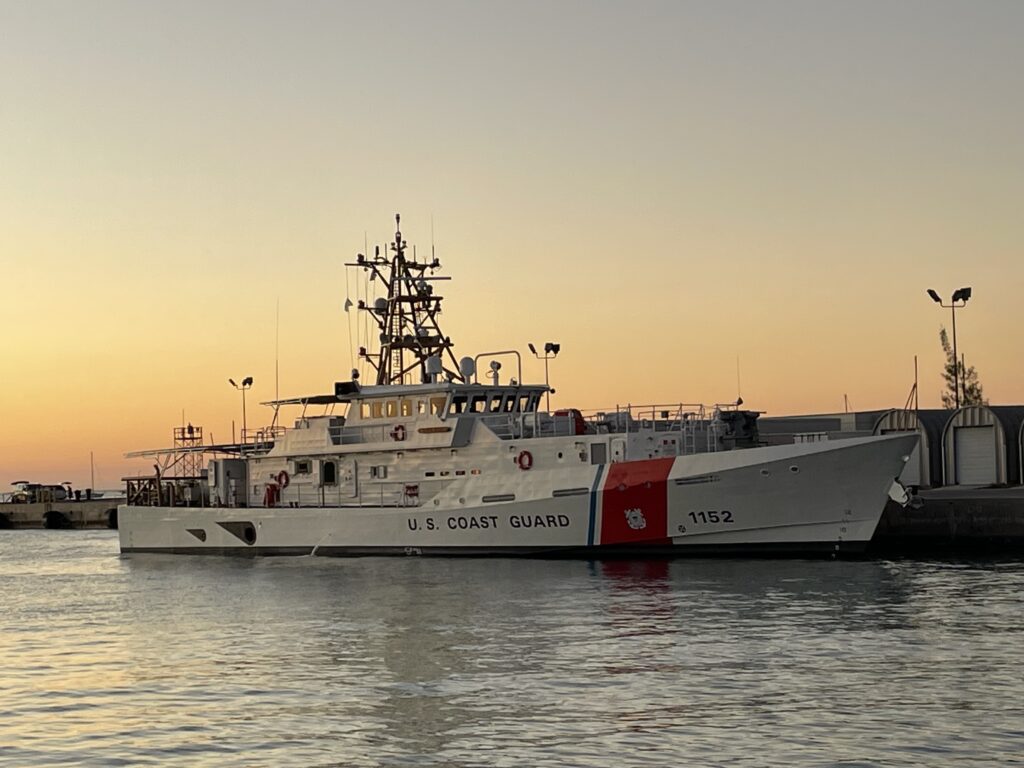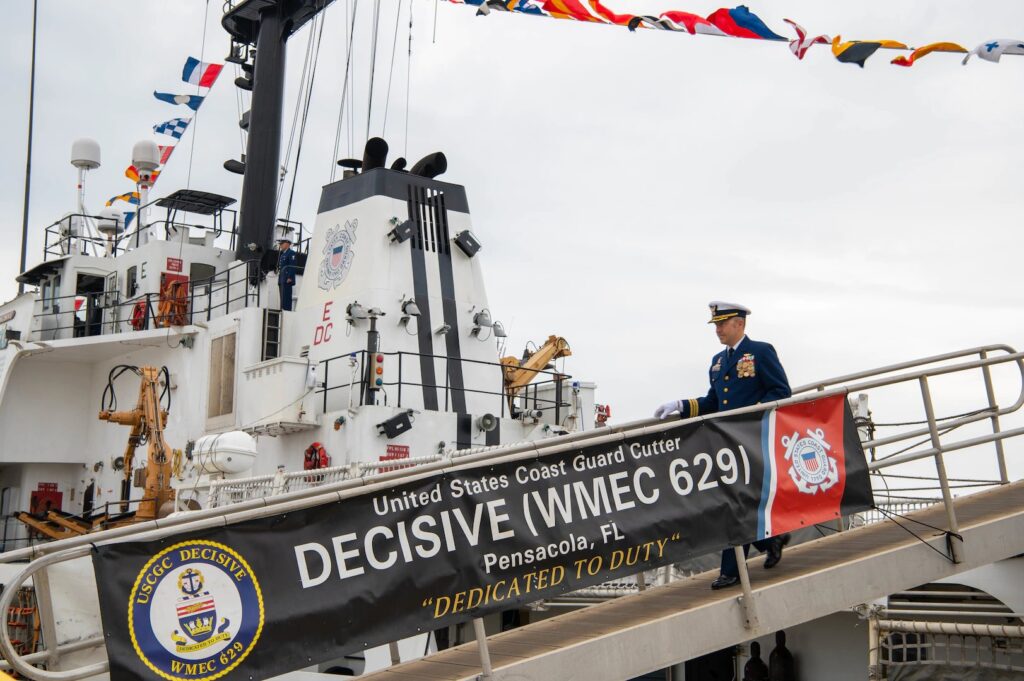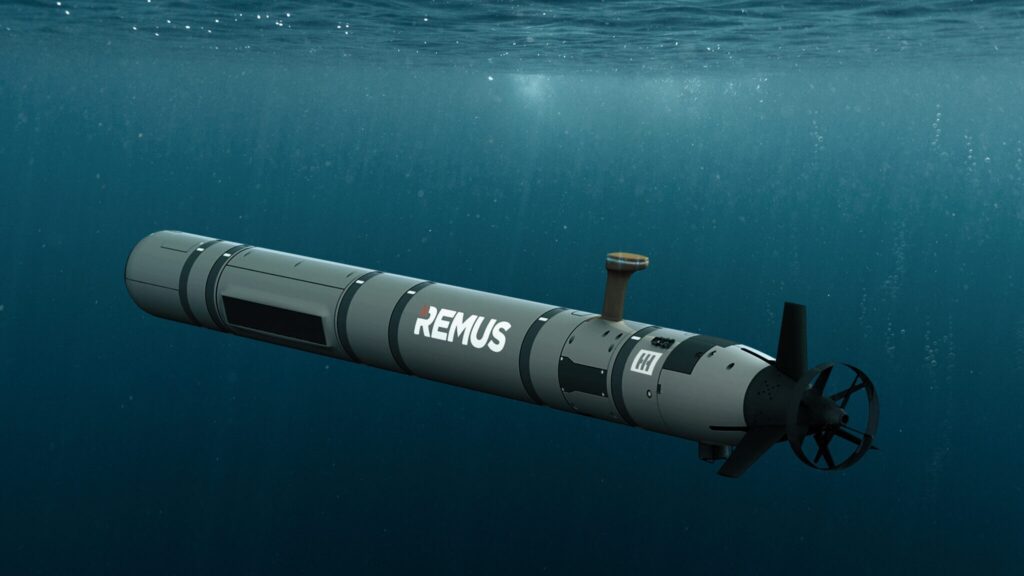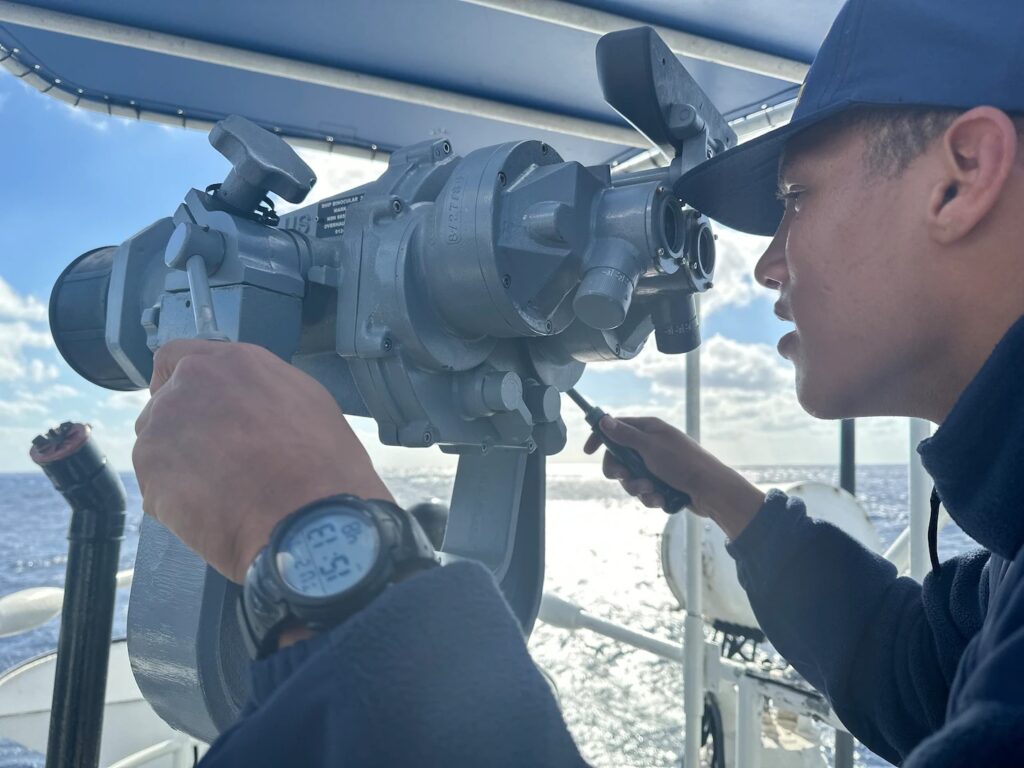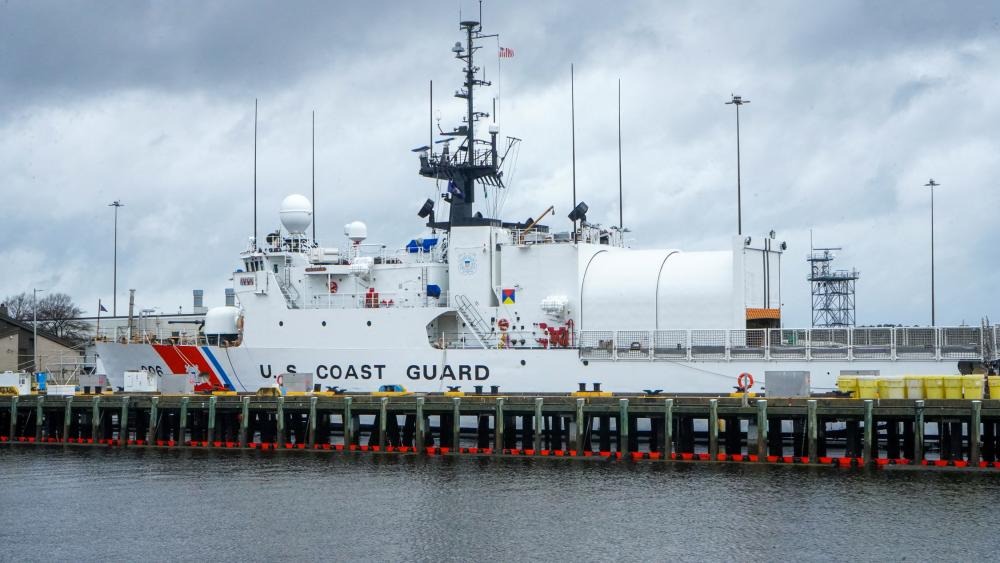USCGC Spencer returns to Portsmouth after an 88-day African patrol
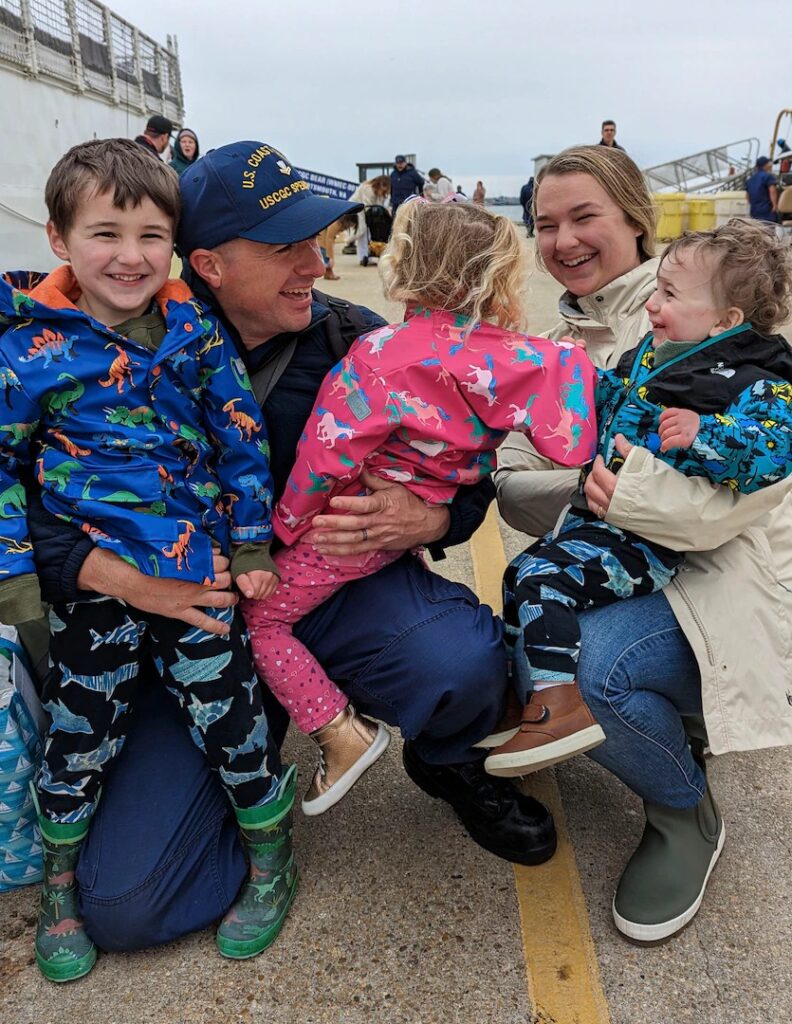
Release from Coast Guard Atlantic Area Public Affairs
*****
March 10, 2023
PORTSMOUTH, Va. – The crew of USCGC Spencer (WMEC 905) returned to their home port in Portsmouth, Friday, following an 88-day deployment in the U.S. Naval Forces Europe-Africa area of operations, employed by the U.S. Sixth Fleet and Combined Task Force 65, to defend U.S., allied and partner interests.
During the patrol, Spencer’s crew worked to combat illicit transnational activities, including illegal, unregulated and unreported fishing, by conducting multinational law enforcement operations in the Atlantic Ocean. Their efforts served to strengthen existing relationships with African nations and prioritized opportunities for new partnerships. Spencer’s crew also participated in Obangame Express 2023, a maritime exercise with participants from the U.S. Navy, U.S. Coast Guard and 17 West African partners. Conducted by U.S. Naval Forces Africa, Obangame Express is designed to improve regional cooperation, information-sharing practices, and tactical interdiction expertise to enhance the collective capabilities of participating nations to counter illegal, unreported, and unregulated fishing and other sea-based illicit activity.
“I am very proud of what this crew accomplished on Spencer while working with our partners in Africa,” said Cmdr. Corey Kerns, Spencer’s commanding officer. “Together we demonstrated the U.S.’s commitment to maritime security in West Africa and the Gulf of Guinea. We helped our partners in the region build the capability to enforce a rules-based order critical to their own food and economic security. I know this deployment will be something we all remember for a long time, and it was an honor to be a part of it.”
Spencer’s crew hosted multiple African country representatives, held diplomatic engagements and participated in community relations events during port visits in Cabo Verde, The Gambia, Senegal, Sierra Leone, Togo, Nigeria and Côte D’Ivoire. Spencer’s port visit to Lomé, Togo marked the first U.S. ship visit to Togo since 2012.
While at sea, Spencer also interdicted a Brazilian sailing vessel carrying 3,040 kilograms of suspected cocaine worth over $109 million.
Spencer’s crew was augmented with several temporarily assigned members, including Tactical Law Enforcement and Maritime Safety and Security Team personnel, medical officers from the U.S. Public Health Service and Coast Guard, U.S. Coast Guard Auxiliary Chinese language translators, electronics technicians and a yeoman.
Commissioned in June 1986, Spencer is a Famous-class medium endurance cutter named after John C. Spencer, the 16th Secretary of the Treasury. Spencer is homeported in Portsmouth, Virginia. The cutter’s primary mission areas include homeland security, law enforcement, counter drug, search and rescue, migrant interdiction and fisheries enforcement in support of U.S. Coast Guard operations throughout the Western Hemisphere.
For information on how to join the U.S. Coast Guard, visit www.GoCoastGuard.com to learn more about active duty and reserve officer and enlisted opportunities. Information on how to apply the U.S. Coast Guard Academy can be found at www.uscga.edu.
